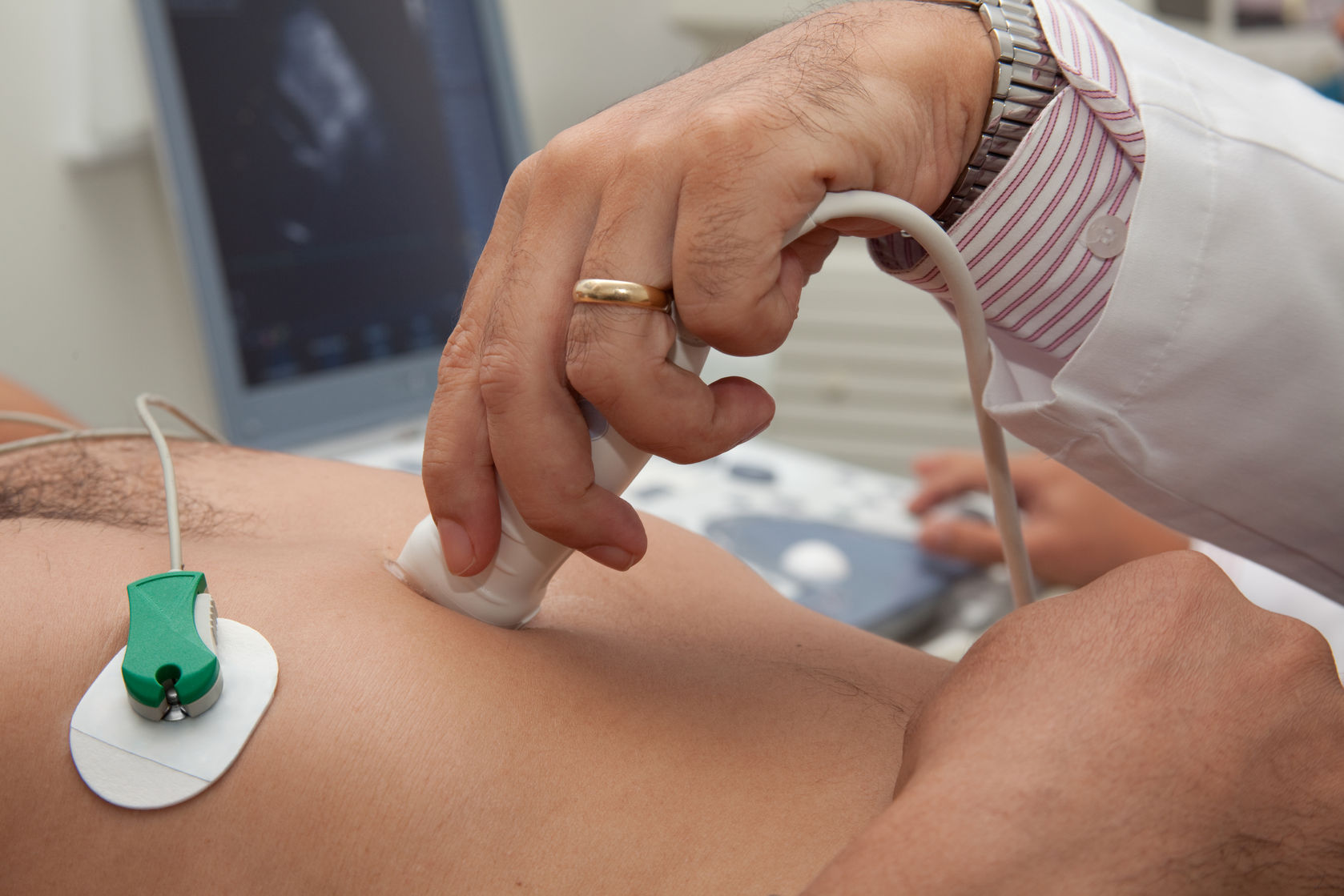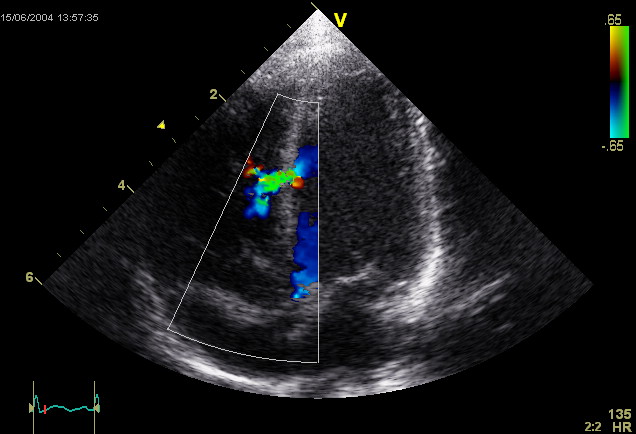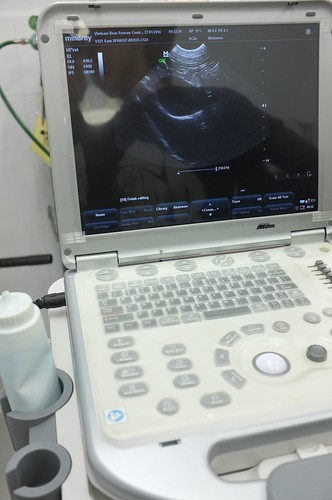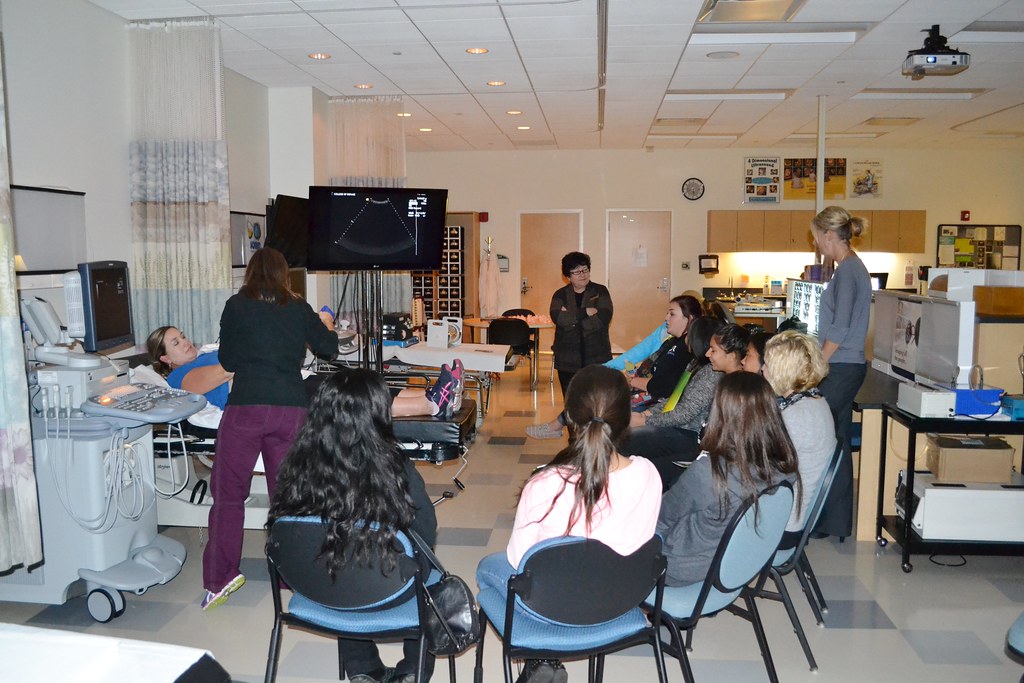6 Differences Between a Cardiac Sonographer and a Stenographer
August 10, 2016

It’s a question we’ve all asked ourselves: what’s the difference between cardiac sonography and court stenography? It’s one of those questions which doesn’t seem important until it absolutely is. So before those two different letters dividing them leads you to end up in the wrong place to get your heart checked out or find a transcript, better educate yourself.
To help, here are the 10 key differences between a cardiac sonographer and a court stenographer.
Wait, What is Cardiac Sonography Again?

Okay, so first of all: a court stenographer is that person who sits typing out everything that’s said in a courtroom. Rewatch the OJ simpson trial or anything similar and you’ll see them hard at work in a corner away from the main action.
A cardiac sonographer (also sometimes called an echocardiography technologist) on the other hand uses a variety of equipment like ultrasound machines and transducers to look at the body’s internal structures (most often the heart). But what could possibly be different between these professions? As you can imagine, pretty much everything.
Location, Location, Location
Undoubtedly one of the biggest differences is in the working environment. Court stenography and cardiac sonography programs might both start in a classroom but while the former will take you to court, the latter will just bring you to a hospital or clinic every day.
Tools of the Trade

Animals Asia / Flickr / CC BY-NC
You may be surprised to find that court stenographers need a pretty impressive array of equipment to do their job. From a special typing machine to stands and seat cushions, the entire setup fits neatly into a suitcase. But that’s nothing compared to what a diagnostic cardiac sonographer uses every day.
There, you’ve got EKG machines, doppler machines, laptops, etc. It takes an entire room to fit everything needed for cardiac sonography. The main set of equipment looks a bit like Johnny Five, the lovable robot from the movie Short Circuit.
Still, one of the primary pieces of equipment is the sonographic wand itself. It takes some skill to move it just right and diagnose complex issues.
Legal Implications
This is one area where there are enormous concerns for both professions, but they are also rather different. For example, if a cardiac sonographer makes a serious mistake or misdiagnosis it could lead to a medical malpractice lawsuit.
On the other hand, if a court stenographer makes a mistake it might alter the course of an existing court case, potentially leading to a mistrial. Frankly, there are bigger legal implications for the sonographer; medical malpractice suits are no joke.
Likelihood to be Drawn
Many courts (like the Supreme Court for instance) don’t allow TV cameras inside. That means the only way to show what’s happening for, say, the evening news, is through a drawing. As a result, there’s nothing strange about a court stenographer getting their likeness drawn by an artist on a normal day at work.
Cardiac sonographers on the other hand are slightly less likely to end up as a work of art. Sad but true, but unless their patient is a rather generous artist, they’ll probably just have to settle for helping to save lives.
Likelihood to be on Television
On the other hand, some courts do allow TV cameras in, meaning a court stenographer has a much better chance of getting their 15 (or dare I say 30) minutes of fame in at some point in their career. But once again, cardiac sonographers more or less have to sit this one out. Sorry guys and gals.
Training

Both court stenography and cardiac sonography require training, but the amount needed and where you can receive that training varies a lot. For instance, you can get an associate degree in stenography in about two and a half years depending on the course load of the program you’re taking. Certificate programs are typically shorter. Then you’ve got licensing requirements depending on the type of stenography and the state you’re in.
A typical cardiac sonographer program can last around a year and a half to 2 years with approximately 2000 hours for classroom instruction, lab work, and a clinical internship. This type of training often occurs at vocational schools and community colleges, but there are also some programs that exist in larger 4-year colleges and universities. For some interesting FAQs, check out American Society of Echocardiography.
So How Different Are They Really?
Very.
Okay, in all seriousness, both are important professions which need highly qualified and motivated people. Both are also growing professions with above average salaries. To tell the difference easily you could always brush up on your Latin (sono meaning sound) and classical Greek (stenos meaning narrow). Yeah, I didn’t think so.
So if you’re interested in learning more about cardiac sonography programs and what it really takes to join the field (and not so much in dead languages), check out our Diagnostic Cardiac Sonography course.

